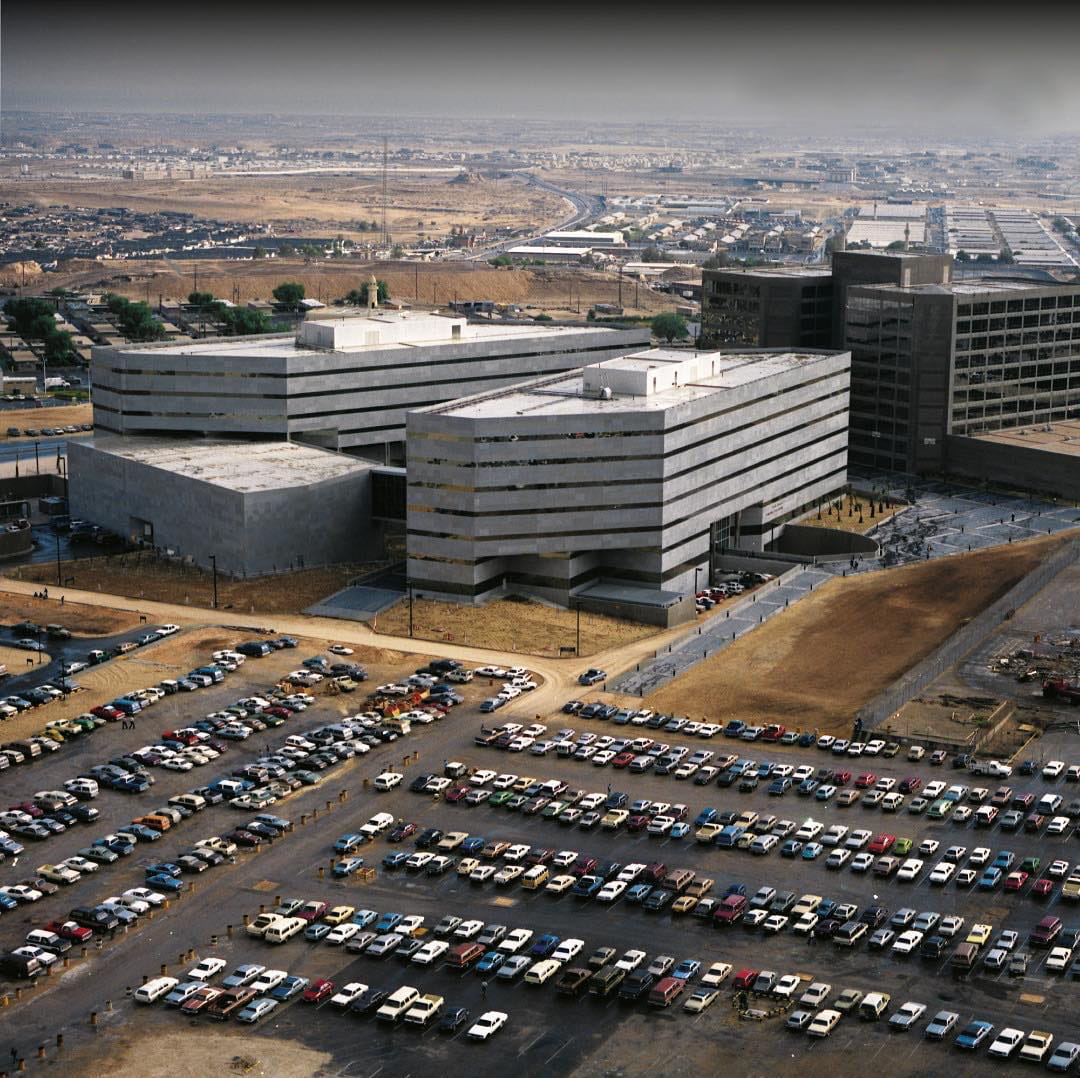Aramco's Delft Research Center receives World Oil Awards recognition

Aramco’s Upstream Exploration and Petroleum Engineering Center - Advanced Research Center (EXPECARC), Dhahran
The 2020 ceremony of the World Oil Awards, recognizing and honoring the upstream energy industry's leading innovators and innovations, took place on October in a first-of-its-kind virtual event with around 1,000 attendees.
This year, the World Oil Awards advisory board selected 84 finalists from more than 270 nominations submitted by over 90 companies in more than 12 countries, choosing 18 winners in different categories spanning the domains of the entire upstream value chain.
Aramco received two awards under the categories of Best Exploration Technology and Best Water Management Technology, respectively for “Surface Consistent Full Waveform Inversion” and “Low Carbon Footprint and Zero Liquid Discharge” technologies.
The first technology was developed by Aramco's Upstream EXPEC Advanced Research Center (EXPECARC) in Dhahran with its Global Research Center (GRC) in Delft. It combines a surface-consistent transmitted analysis with a powerful full wavefield inversion to build quickly and efficiently high-resolution near surface velocity models needed to reduce exploration and drilling risks, and to improve oil recovery rates in complex land environments.
The winning technology has been patented and successfully applied to field data acquired in geologically complex areas of Saudi Arabia, showing superior results, in terms of accuracy and efficiency, when compared with traditional approaches and conventional full waveform inversion. Moreover, the new approach is widely applicable by exploration users in the industry and therefore has large worldwide commercialization potential.
This impressive result has been achieved after a five-year dedicated development effort carried out by the research geophysicists of the reservoir multi-physics focus area of EXPEC-ARC in Dhahran and Delft, who also implemented a productive and efficient model of collaboration.
Such a collaborative model is based on three key aspects: 1. Clear definition of the roles and of the structure between Delft and Dhahran, 2. Taking advantage of the vicinity of the Dhahran members to the end users/customers, 3. Flexible and iterative interaction and communication between Dhahran and Delft members on a daily basis.
These aspects are also leading to other important points: 1. The end users and the Dhahran team need to be involved in the development not only for testing codes on data but by actively collaborating on the algorithmic development, 2. It is important to favor a model of fine details inclusion rather than outsourcing the development tasks.
Many projects within the reservoir multi-physics focus area are currently run in collaboration and cooperation between Dhahran and Delft, such as near-surface characterization, multi-physics joint wavefield inversion, or borehole geophysics, including different machine learning research and development activities.
Finally, Aramco GRC in Delft recently started using the same collaborative model in the field of the Artificial Intelligence-based solutions, working extensively with “4IR” (4th industrial revolution) teams.



